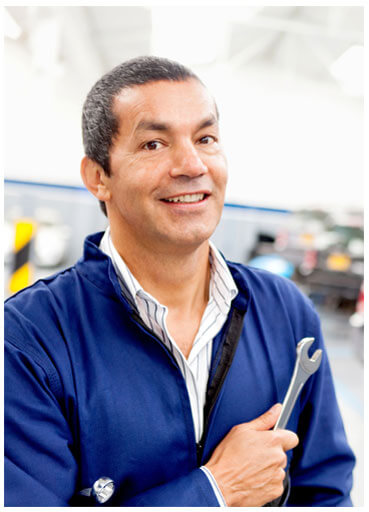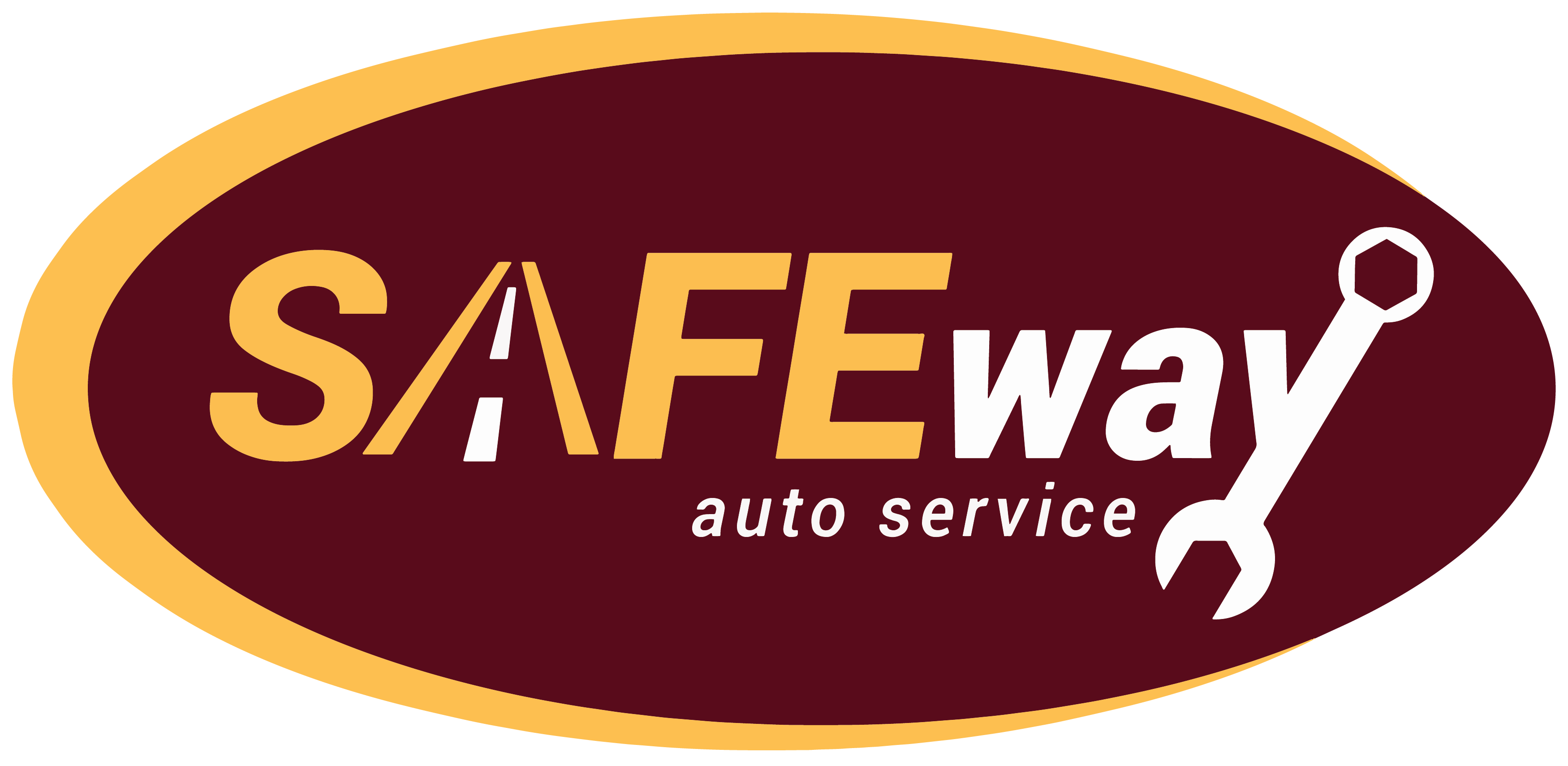CV Joint & Driveshaft Repair
Keep Your Wheels Moving -
CV Joints & Driveshafts
What makes a team effective? When all parties do what is expected of them to achieve a common goal. CV joints and driveshafts are a good example of teamwork at its finest since they rely on each other and work together in order to turn the wheels of your vehicle. Let’s take a closer look.
Sometimes referred to as the propeller shaft, the driveshaft is a mechanical component that sends torque, or the force of motion, to other car parts. Typically, driveshafts receive torque from the engine or transmission and transfer it to the other end of the car, then two shorter driveshafts send that torque to the wheels. Here’s where CV (Constant Velocity) joints come in; inner CV joints connect the driveshafts to the transmission, while outer CV joints connect the driveshafts to the wheels. The purpose of CV joints is to transfer torque from the transmission and driveshafts to the wheels at a constant speed, while moderating the up-and-down movement of the suspension.
It goes without saying that the proper functioning of CV joints and driveshafts is crucial because they depend on each other to make your vehicle go. With regards to a failing driveshaft, be on the lookout for symptoms such as loud clunking, difficulty turning the vehicle, and shaking or vibrating. CV joints themselves last a very long time; it is the boot that protects the joints that typically has the problems. If the protective boot is cracked or damaged then the CV joint will wear faster and eventually fail due to lack of lubrication and corrosion. Some warning signs include grease coming out of the boot or a popping noise while turning.
Our State Certified Technicians available at Safeway Auto Service are pros at pinpointing your vehicle’s problems, even if it’s the not so obvious CV joints and driveshafts. We don’t want you to break the bank on replacement parts – let us help you maintain the health of your vehicle.
On that note, we will provide a courtesy inspection of your brakes and under-carriage of your vehicle upon request. It’s just another reason why you can trust that we will deliver the best service possible for you.
Hear from people like you
Reviews from Customers

Jessica Keeler
Every step I took with Safeway was easy. I needed my alternator replaced. They said come right in. They were so easy to talk to. They got my car right in and it was repaired before the end of the day. They charged me exactly what I was quoted, which was very affordable, and applied coupons I didn’t even know existed. I highly recommend them!

B. Yvette
The staff over there is always so friendly and accommodating. I bought a car that needed more work than it was worth, but they has always tried to help me keep it together. I especially appreciate how honest they have been regarding this car, very good to not feel like your being taken advantage of. Thank you!

Tracey Weems
Fast, efficient, and very friendly. SafeWay you rock!!! Thank you.

Susan Repasky
Just want to say thank you to the staff for great service today. I will be sure to let all my friends know about SafeWay.
Ask the Mechanic
CV Joints & Driveshafts FAQ's

CV joints are made to last, in fact, some vehicles with 300,000 miles on them still have their original CV joints. Therefore, the most common problems with them stem from their protective boots. These may crack or become damaged which causes the grease to leak out, as well as moisture and dirt getting in. If this happens, the CV joint will wear faster due to lack of lubrication and corrosion.
First of all, it’s always good to practice preventative maintenance by ensuring your vehicle’s under-carriage is inspected every service appointment. Some signs you should be on the lookout for include grease coming out of a crack or tear in the boot, grease splattered on the inside of the wheel, and a clicking or popping noise when turning. If an inner CV joint has completely failed you should notice a shudder or side-to-side shake during acceleration, or a clunking when shifting from Drive to Reverse. A badly worn outer CV joint may deteriorate while you’re driving rendering your vehicle unable to drive.
Typically, a faulty support bearing is the culprit behind a failing driveshaft. This is because a failed bearing will not be able to support the driveshaft, causing it to flex incorrectly. Eventually, the driveshaft may begin to make contact with the undersides of the vehicle, resulting in damage to the driveshaft and chassis.
There are definitely symptoms that a driver would notice, which is why the important part is that you’re informed of what those are. Symptoms of a deteriorating driveshaft include loud clunking, difficulty turning the vehicle, and shaking or vibrating.
Yes – we welcome all vehicle makes, models, and ages for CV joints and driveshafts service and other appointments at Safeway.
